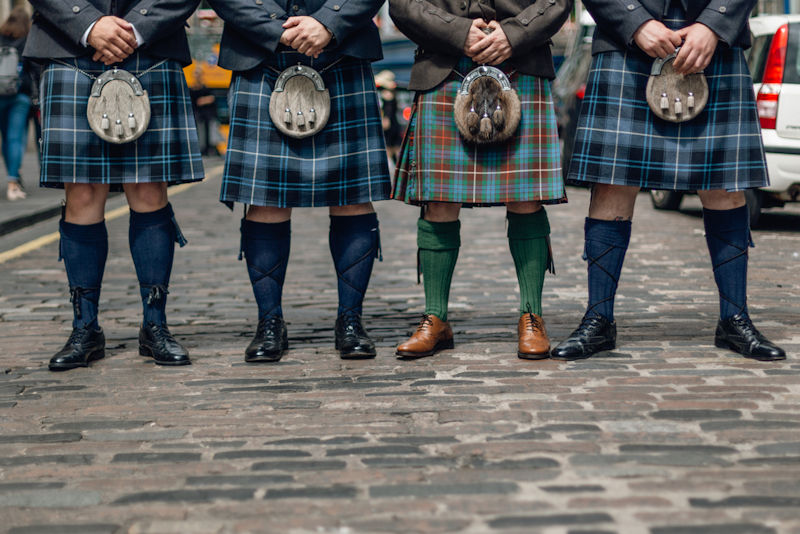An example of how a historically related male clothing can transcend its historical setting and become a symbol of cultural pride and identity is the Scottish kilt. The conversation on gender-specific attire is changing as societies do, moving towards greater acceptance and inclusivity. The kilt and related clothing serve as painful reminders of the flexibility and diversity inherent in fashion and personal expression, whether through historical reevaluations or modern reinterpretations. As we embrace the dynamic landscape of gender expression and celebrate the diverse patchwork of cultural traditions, we are moving towards a time where clothing choices are free from constrictive gender conventions, fostering a culture that values authenticity, diversity, and inclusivity.
Historical Context of Skirts and Gender
Ancient Civilisations and Skirt-like Garments
In ancient civilisations, the practical and functional design of skirt-like garments made them a staple for both men and women. These garments were often simple, allowing for freedom of movement and suitable for the varying climates and lifestyles of the time.
Ancient Egypt: In Egypt, men commonly wore the shendyt, a wrapped skirt that was secured with a belt. This garment was typically made of linen and varied in length depending on the wearer’s status and the period. The shendyt was practical for the hot climate and allowed for ease of movement, essential for daily labour and activities.
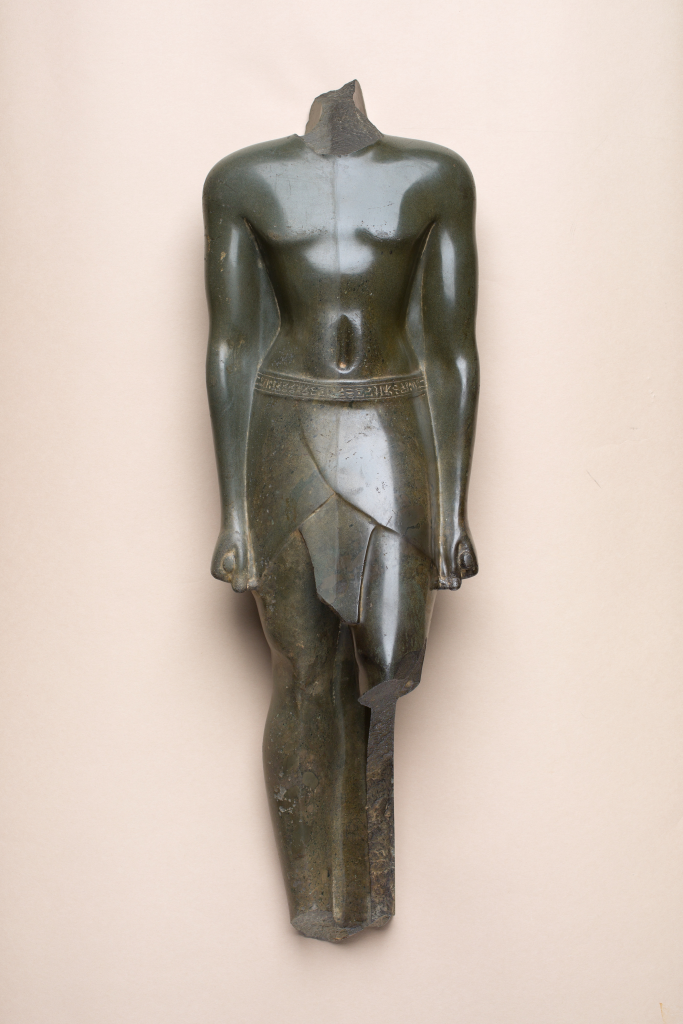
Ancient Greece: The chiton was a common garment for both men and women in Greece. Made from a rectangular piece of cloth, the chiton was draped over the body and fastened with pins or brooches at the shoulders. Men usually wore shorter chitons, while women wore longer versions. The simplicity and versatility of the chiton made it suitable for various activities, from athletic competitions to philosophical discussions.
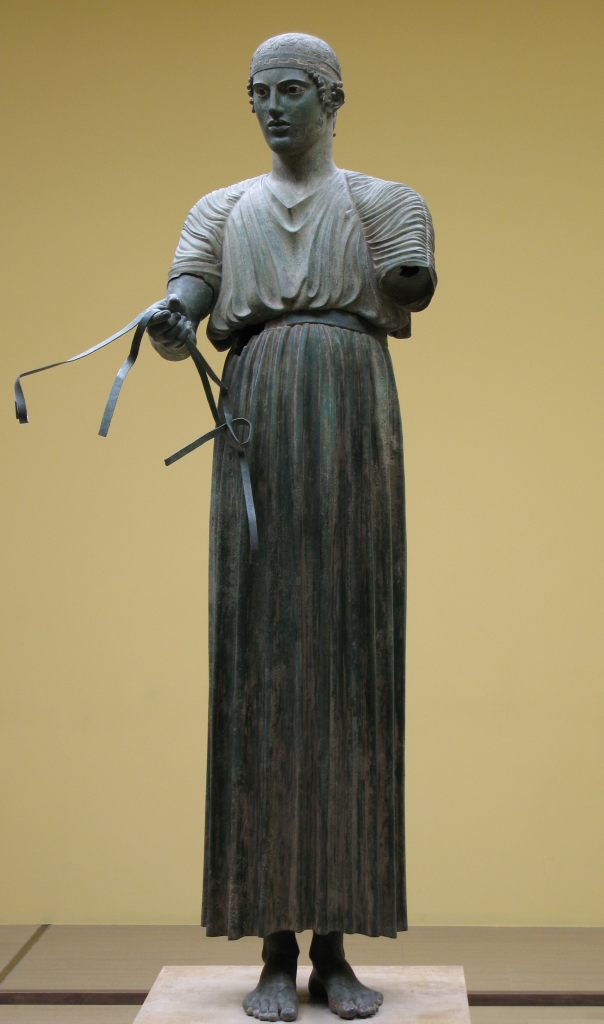
Ancient Rome: Roman men often wore the toga, a garment that, while not a skirt in the modern sense, was a draped cloth that could resemble a skirt in its appearance and function. The toga was a symbol of Roman citizenship and was worn on formal occasions—the practicality of the toga allowed for movement and adaptation to different social settings.

Evolution of Gendered Clothing in Western Cultures
As societies evolved, so did fashion, leading to more distinct clothing choices based on gender. This shift was influenced by several factors, including practicality, modesty, and evolving social norms.
Middle Ages: During the Middle Ages, men and women in Europe wore tunics, which were essentially long shirts that varied in length. Men’s tunics were typically shorter, often paired with hose or leggings, while women’s tunics were longer, resembling dresses. This period saw the beginnings of gender differentiation in clothing, though the distinctions were not as pronounced as in later centuries.

Renaissance and Baroque Periods: The Renaissance and Baroque periods brought more elaborate and highly decorated clothing. Men’s fashion included breeches and doublets, while women’s fashion featured ornate dresses with voluminous skirts. These elaborate styles emphasised social status and wealth, further entrenching gender distinctions in fashion.

Industrial Revolution and Victorian Era: The Industrial Revolution marked a significant turning point in Western fashion. Practicality and modesty became more prominent in men’s fashion, leading to the adoption of trousers as the standard attire. This shift was influenced by the need for practical clothing suited for industrial work and the changing social dynamics. Women’s fashion, on the other hand, continued to emphasise skirts and dresses, with the Victorian era solidifying these distinctions through elaborate and often restrictive clothing styles.

Retention of Skirt-like Garments in Certain Cultures
Despite the general trend towards gender-specific clothing, certain cultures and traditions retained the use of skirts for men. The Scottish kilt is one of the most prominent examples of this retention.
Scottish Kilt: The kilt, a knee-length garment with pleats at the back, originated in the Scottish Highlands. Initially worn as the “great kilt” or “féileadh mòr,” it was a large piece of cloth that could be draped over the shoulder or used as a cloak. Over time, it evolved into the “small kilt” or “féileadh beag,” which resembles the modern kilt. The kilt is traditionally made from wool and features tartan patterns unique to Scottish clans, adding layers of identity and heritage to the garment. Worn during formal occasions and cultural events, the kilt remains a symbol of Scottish pride and masculinity.

Other Cultures: Other cultures have also retained skirt-like garments for men. For example, in some parts of the Middle East and South Asia, men wear the sarong or lungi, a piece of cloth wrapped around the waist. These garments are practical for hot climates and have cultural significance. Similarly, in Japan, the hakama, a traditional wide-legged trouser-skirt, is worn by men and women during martial arts practice and formal occasions.

Modern Interpretations and Gender Norms
In contemporary times, the conversation around skirts and gender is evolving. The fashion industry and popular culture are increasingly challenging traditional gender norms, promoting inclusivity and self-expression.
Fashion Industry: Designers and fashion brands are creating gender-neutral and non-binary clothing lines, blurring the lines between men’s and women’s fashion. This movement encourages individuals to express their identity through clothing without being constrained by traditional gender norms. Runways and fashion shows feature men wearing skirts and dresses, highlighting the versatility and fluidity of fashion.
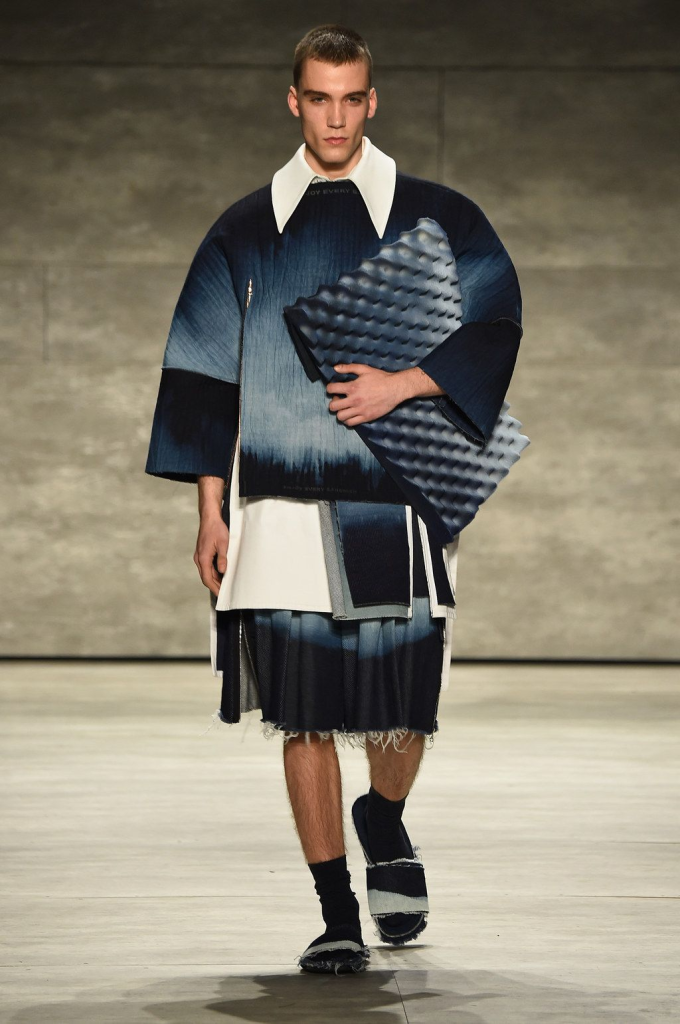
Popular Culture: Influential figures in music, film, and social media are also playing a role in normalising skirts for men. Celebrities like Harry Styles, Jaden Smith, and Billy Porter have been seen wearing skirts and dresses, sparking conversations about masculinity and fashion. These high-profile examples challenge the notion that skirts are exclusively for women and encourage a more open and accepting view of clothing and gender expression.

Societal Shifts: As society becomes more accepting of diverse expressions of identity, the rigid boundaries of gender-specific clothing are being challenged. This shift is evident in various aspects of life, from fashion to media representation, and reflects a broader movement towards inclusivity and equality.
The Scottish Kilt: A Brief History
The Scottish kilt, a knee-length garment with pleats at the back, is perhaps the most recognisable form of male skirt in the Western world. Its origins can be traced back to the 16th century when the “great kilt” or “féileadh mòr” was worn. This large piece of cloth, which could be draped over the shoulder or used as a cloak, was practical for the rugged Scottish Highlands. Over time, the kilt evolved into the “small kilt” or “féileadh beag,” resembling the modern kilt.

Kilts are traditionally made from wool and feature tartan patterns, which are unique to Scottish clans. Each tartan pattern represents a specific clan, adding a layer of identity and heritage to the garment. The kilt is often worn with accessories such as the sporran (a pouch), kilt hose (socks), and ghillie brogues (shoes), further enhancing its distinct appearance.
Cultural Significance and Masculinity
The kilt’s cultural significance in Scotland is profound. It is a symbol of Scottish pride, heritage, and identity. Kilts are worn during formal occasions, such as weddings, Highland games, and military ceremonies, reinforcing their status as a garment of distinction and respect.
Several factors contribute to the perception of the kilt as a masculine garment:
Historical Military Association: Kilts have a long history of being worn by Scottish soldiers. The Highland regiments of the British Army, known for their bravery and fighting prowess, wore kilts as part of their uniform. This association with military valor and strength bolsters the kilt’s masculine image.
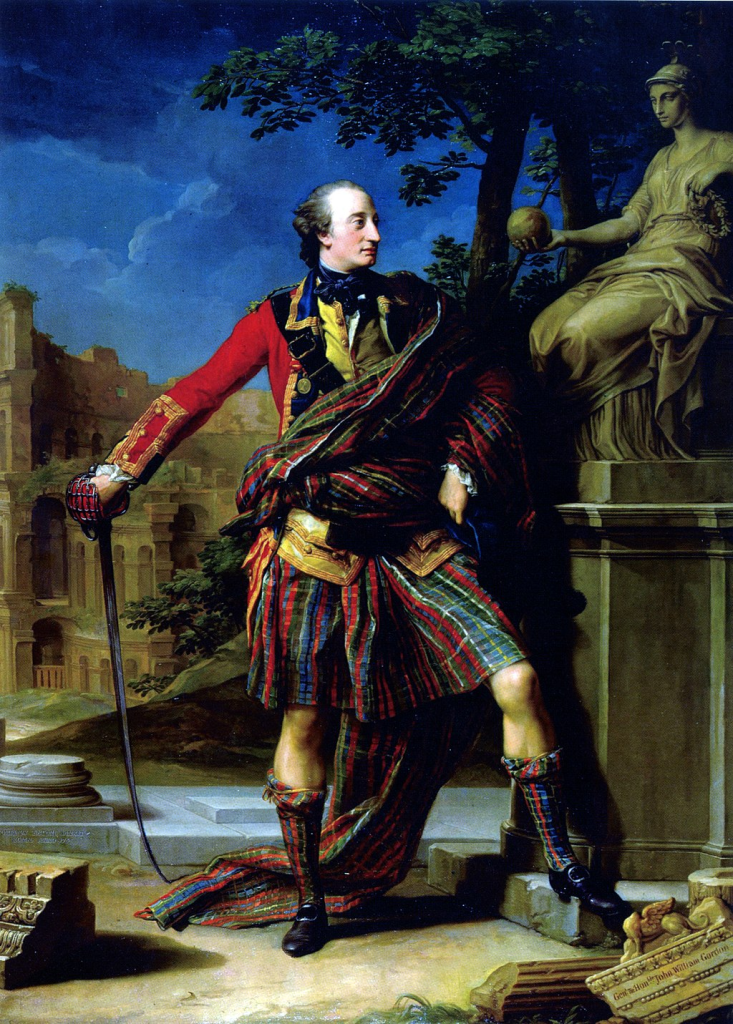
Physicality and Tradition: The act of wearing a kilt requires a certain level of physicality and adherence to tradition. Properly donning a kilt involves understanding its pleating, fastening the sporran, and ensuring the correct length. This ritualistic aspect can be seen as a rite of passage, reinforcing masculine identity.
Modern Interpretations: In contemporary times, the kilt has been embraced by men beyond Scotland, often as a statement of individuality and cultural appreciation. Events like Tartan Day in the United States celebrate Scottish heritage, with many non-Scots donning kilts in solidarity. Fashion designers have also experimented with kilts, bringing them into the modern fashion landscape and challenging traditional gender norms.

Challenging Gender Norms in Fashion
The fashion industry is embracing gender-neutral and non-binary clothing, redefining traditional norms and promoting a more fluid understanding of clothing and gender identity. This shift is driven by the recognition of diverse identities and preferences within society, with designers and brands blurring the lines between men’s and women’s fashion. Fashion collections that prioritize inclusivity often feature designs that eschew traditional gender stereotypes, catering to individuals of all gender identities.Prominent figures in popular culture, such as musicians, actors, and influencers like Harry Styles and Jaden Smith, have played a crucial role in challenging traditional gender roles and promoting acceptance of diverse fashion choices. Celebrities like Harry Styles and Jaden Smith have embraced these styles, challenging outdated stereotypes and inspiring audiences to rethink societal norms.
The normalisation of skirts for men in popular culture signifies a broader cultural shift towards acceptance and celebration of individuality, particularly among younger generations who are more inclined to reject binary notions of gender and advocate for greater diversity in fashion representation. Fashion brands are responding to these societal changes by launching gender-neutral clothing lines that prioritise comfort, versatility, and inclusivity, offering individuals the freedom to dress in a manner that affirms their identity without conforming to traditional gender norms.
Conclusion
The Scottish kilt exemplifies how a skirt-like garment can embody masculinity through its historical, cultural, and traditional significance. Its association with Scottish heritage, military valour, and rebellion against oppression has cemented its status as a masculine symbol. However, the broader conversation about skirts and gender in fashion is evolving. As society becomes more open to diverse expressions of identity, the rigid boundaries of gender-specific clothing are being challenged. Ultimately, clothing is a form of self-expression and cultural identity. Whether it is the Scottish kilt or modern fashion trends, the choice to wear a skirt should be guided by personal preference and cultural significance rather than outdated gender norms. In celebrating the diversity of fashion and embracing the fluidity of gender expression, we move towards a more inclusive and accepting society.
Feature Image Courtesy: Tartaninsta

